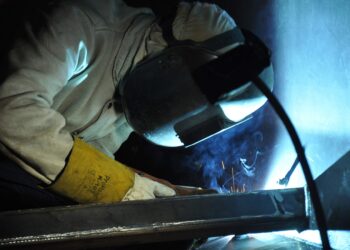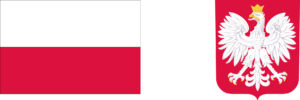
In the Central and Eastern European (CEE) region, a shift is underway, reshaping the economic landscape from a series of isolated hubs to a more balanced, interconnected network of cities and regions. This transformation is driven by the concept of polycentric agglomeration — a strategic approach to urban planning and economic development that disperses economic activities across multiple centres rather than concentrating them in a single metropolis.
Concrete examples of this polycentric approach can be seen in the actions of governments across the CEE. Poland’s „Morawiecki Plan”, for instance, aims to bolster economic activity in secondary cities like Krakow and Wroclaw, reducing the overbearing economic dominance of Warsaw. By doing so, Poland is fostering regional centres of growth that complement the capital’s economic clout. The plan includes the development of high-speed rail links and incentives for businesses to invest outside traditional economic hotspots, thereby encouraging more uniform economic development.
Similarly, Czechia is investing in its „Innovation Strategy 2019-2030”, which is designed to enhance R&D and innovation across various cities. By supporting sectors like information technology and biotechnology in cities such as Brno and Ostrava, the Czech government is diversifying its economic base beyond Prague.
In Hungary, the government’s „Eastern Opening” policy is a testament to polycentric development. Focusing on improving trade relations and investment with Asian markets, this policy has led to the development of infrastructure and business hubs in cities like Debrecen and Szeged, which are becoming increasingly vital to Hungary’s economic matrix.
The strategy is not without challenges. One such challenge is ensuring that this distribution does not dilute the economic potency of the region but rather enhances it through synergies. Another is the need to maintain a balance between economic efficiency and spatial equity, ensuring that development does not come at the expense of environmental sustainability or social cohesion.
Economic evidence suggests that polycentric agglomeration can lead to a more resilient economy. By spreading economic activities across multiple centres, regions can mitigate the risks of overconcentration in single areas, which can be vulnerable to economic shocks. Moreover, such dispersion can enhance innovation, as different centres develop specialties and competitive advantages that contribute to a more dynamic economic landscape.
The European Union’s cohesion policy also supports this approach, with significant funding directed towards reducing disparities between regions. This policy has been instrumental in financing infrastructure and development projects that facilitate polycentric growth in the CEE.
As the CEE region continues to navigate its post-transition phase, the polycentric model presents an opportunity to build a more balanced and sustainable economic structure. This model not only promotes more equitable development across regions but also taps into the latent potential of smaller urban areas, fostering a sense of shared prosperity.
The CEE’s pursuit of polycentric agglomeration is a bold step towards a more distributed economic power structure, one that promises a more harmonious and robust economic future. The ultimate goal is clear: to create a diverse, interconnected economic landscape that is resilient, competitive, and balanced, capable of weathering the storms of global economic shifts while providing prosperity and opportunity across all its regions.






